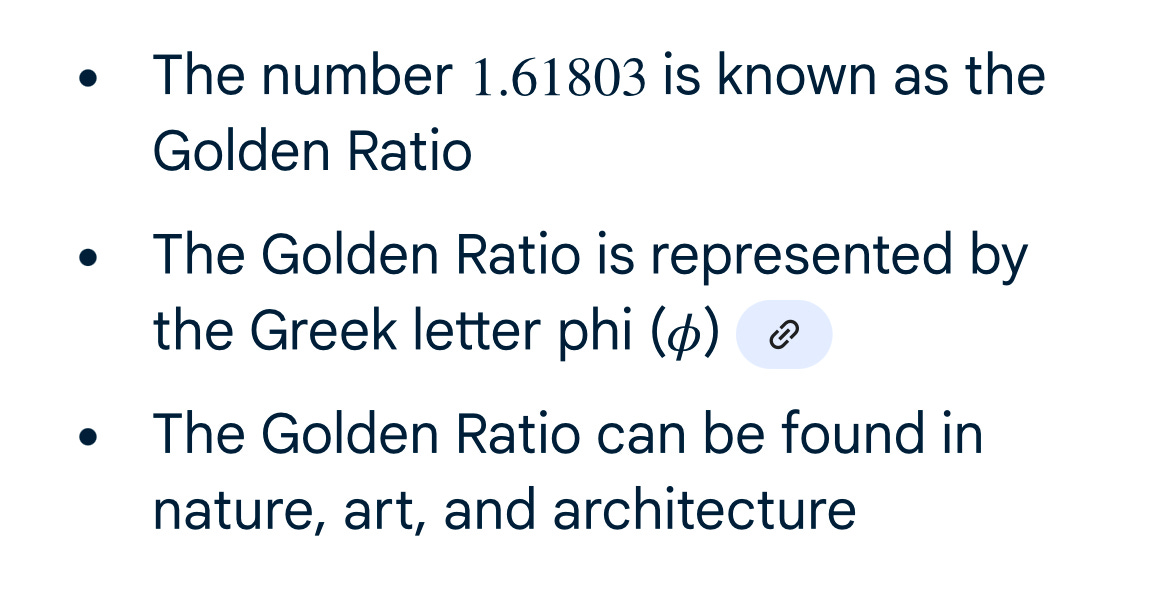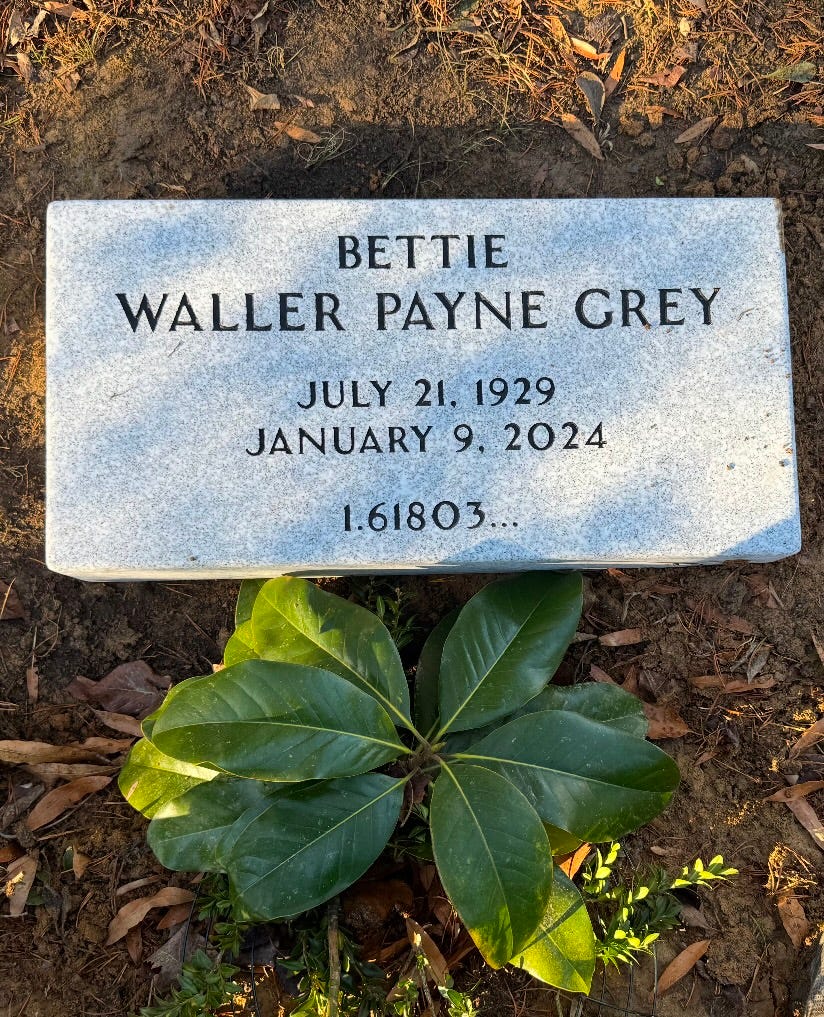I have Influenza B, and it’s difficult enough to settle on an essay topic when I’m running at full capacity.
But yesterday, my brother set my mother’s gravestone in place. In about a week, we’ll mark the first anniversary of her death.
We were tasked with getting a stone for my mother’s grave. I want to report on it, because death can be a racket at a vulnerable time. Who wants to get fleeced for money while grieving?
And epitaphs? Don’t get me started.
While researching how to get one, I discovered tombstones are even more interesting than I thought.
My friend Tom Miller recently told me that for centuries, they were the only record left to genealogists. Marauding armies could burn down buildings, and records were destroyed. Good luck trying to destroy a granite grave marker.
This sent me down a rabbit hole.
So many rabbit holes, so little time. Of particular interest while I searched is the UNESCO World Heritage site of the stećci in Bosnia and Herzegovina.
Humans are fascinating in life and death. The pyramids of Gaza have always had me in their thrall.
My mother maintained our old family cemetery. Now that she’s buried there, my brother and I have the task.
He just finished distributing the dirt left from our mother’s grave over both hers and my father’s. Both had green burials, and these settle over time. In the spring, I’m having ivy and periwinkle planted on them. We’ll transplant the plants from her yard.
Their side-by-side graves will then match the others in the cemetery.
Not having the marker was weighing on me. I didn’t realize how much until he sent me the photos after finishing the task. I wanted it placed before the anniversary of her death, and now it’s done.
A lightness entered my spirit. We had a job to do, and we completed it together.
The phrase “set in stone” has been floating around my brain ever since.
That’s what we’re doing when we choose a grave marker, headstone, or tombstone. We are setting a person’s life down.
Choosing the right epitaph is hard. We’re summing up a person’s life in a short phrase and putting it down on granite till the end of time.
How the hell do you do that successfully?
I’m not a person who likes to sum things up; I like to expand on. I’m currently trying to sum up my book in a one page synopsis, to pitch it out and get it published. It seems that condensing an experience or a life in a few characters is not my strong point.
But my mother’s life had a theme, so we had a good place to start.
It was my sister-in-law who brilliantly suggested the Golden Section number by itself.
It took us some time to figure out exactly how the number should be written. After much deliberation, we arrived at the number phi, exactly as she wrote it.
The Golden Section is how my mother referred to what’s commonly known as the Golden Ratio. It’s the mathematical formula of perfect proportion. It shows up in nature, art, architecture; it just might be the mathematical blueprint of the universe.
The cornerstone of all my mother’s intellectual and artistic work is this number. It was her life.
She believed if human beings just kept proportion in mind, everything would fall into place. It was a means of distributing both material goods and justice, fairly.
My favorite of her Golden Section diatribes—and there were countless—was her supposition that if the Supreme Court had only considered proportion, they would have ruled against Citizen’s United.
Here’s the thing about my mother: she was impossible but also unfailingly right, decades before everyone else caught on. The great tragedy of her life is that her imperiousness, need to control, and refusal to take suggestions prevented her from distributing her work to a wide audience.
She couldn’t handle even perceived criticism. But this did not make her wrong.
One of her points against the Citizens United ruling is that to compare something, you must compare like objects.
We use an idiom comparing apples to oranges, and they’re both fruit. We don’t compare apples to broccoli.
Her argument was humans and corporations are not the same. Therefore, corporations should not get the benefit of free speech. It’s reserved for people.
My brother and I discussed the likelihood that she had Asperger’s, which would explain a lot. The words people use most when describing her are “fascinating” and “brilliant.”
I called the negotiations over her funeral “The Golden Section Accords.” They went on for hours as my brother and I sat around the table and got just a wee bit snippy. Our spouses occasionally got a word in edgewise.
I do not understand how families with multiple children get anything done after a parent’s death. He and I get along very well, and there are only two opinions at stake at any given time. I have no idea how people with three or five siblings work it out.
Death is hard. And it has an uncanny ability to bring out either the best or worst in personalities. You never know what you’ll get till you’re there.
I started calling the negotiations for her headstone “The Golden Section Accords, II.” Eventually, we both agreed to the number of the Golden Ratio by itself. The crux of the debate was how to write it.
My brother, sensibly, thought writing 1.618 was the more elegant solution and would look better on the stone. He was not wrong.
But a huge part of my mother’s personality was her inability to change anything. If typing something for her, for instance, and coming upon a run-on sentence filled with ten commas, I’d idiotically suggest perhaps it needed to be cleaned up.
I quickly learned to give up all editing suggestions. Implying a comma needed to be removed was a hostile act which suggested she didn’t know what she was doing.
Every time she wrote the Golden Ratio, it was written like this:
1.61803…
I wanted it written on the tombstone the way she wrote it in life.
I’ve learned how to be better at compromise. A large part of working well with my brother has been both of us keeping the other in mind. We want each other to be happy.
I felt strongly about the number.
There were two reasons. The first was simply because it was her way. The second was that as an infinite number, the ellipsis represents infinity, a nod to the belief the soul continues.
Finally, I wrote him why it was important to me. But I added that if he were firmly against the ellipsis, I didn’t want him to be unhappy, and we’d find another way.
I meant it. The important part of the email was my vocalizing its importance to me.
It took him a while to “noodle on it,” as he’s fond of saying. But he finally sent me a message that gave the go-ahead.
Here’s the thing about negotiation. “Picking your battles” is a good rule of thumb. The times I previously let go of smaller points were probably helpful in reaching this conclusion.
We aren’t one thing, as humans. It makes an epitaph difficult; how do you sum up a life in a phrase?
The company I used online has a tool for making mock-ups. I started experimenting with some for my own stone. Here are a few I crafted as possibilities:
Death is big business. And nothing taught me this like shopping for the gravestone.
I first went to a local place in Virginia, where everyone I know has gotten their tombstones for decades.
I was told what could and could not go on it, what abbreviations would be used; and was given no choice at all for what my brother and I both desired—writing out her birth and death dates without abbreviation. The price was about $1300 for the marker, and another $300 bucks for installation, plus tax.
I told my brother about the quote. He did a little research and sent me a link for a place to buy them online, with the caveat he didn’t know much about them. He noted they seemed much less expensive.
Let me get to the punchline first. We were able to purchase my mother’s marker for less than $500, including delivery.
My mother was thrifty to a fault. She refused to pay too much for anything. And it seemed a nod to her to make the most economical choice, so I risked it.
It was a bit of a gamble. I worried a lot about the quality because it was so much cheaper. But to my delight, the quality was excellent.
My brother told me we didn’t need to pay for installation; he could do it. He has a truck and a dolly, so I had it delivered to his house.
I worried about all sorts of things, including if it would take a long time to arrive.
I ordered the marker on December 12th. It was delivered to his house on December 23rd.
Now, these things are heavy, and I mean heavy. When it arrived, I wanted him to take a picture of it. He wrote back he was leaving it in its wrapping until he installed it, because it was heavy as lead.
I looked up the weight: a 24” X 12” marker weighs 130 pounds. The marker was heavier than my mother when she died, and she had six pallbearers carrying her coffin.
All to say, my brother handled it, but you might need someone to install it for you, should you choose to order online.
I am not an affiliate and am not getting paid for recommending this company. I just don’t want people paying three times more for something than they need to. It’s called Markers & Headstones Co.
When my father died in 1981, my mother chose his epitaph and stone. In my research before buying one for her, I discovered his was a benefit of being a veteran. Veterans can receive markers free of charge from the U.S. government.
I think that’s lovely. We wanted her marker to match his, which was flat and 12” X 24.”
I’m glad to know his grave marker was free, but does every family with a veteran know this? Probably not. If you have a veteran in your family, here’s the link to get one.
One of these days, I’m going to write an essay about what I think should be taught in schools. We never have the right information we need to get through life or death.
Our cemetery was a holy place to my mother.
Most of the graves have headstones or flat markers, but there’s a small row which are marked with smaller stones. They’re children’s graves.
Long before the pandemic, my mother heard a friend of hers had decided not to vaccinate her kids against the usual diseases like measles and polio. My mother drove her out to the cemetery. They got out of the car, and she brought her friend to the row of small graves.
“These are the graves of children who weren’t vaccinated,” she said simply.
They left. Her friend proceeded to vaccinate her children.
Perhaps I should invite Bobby Kennedy to visit.
As my brother said, the number on my mother’s grave will confuse genealogists for years to come.
She would have loved that. As do we.











Have a similar dilemma with three siblings, thanks.